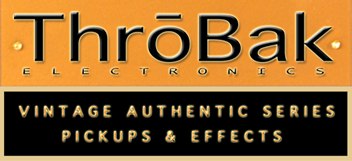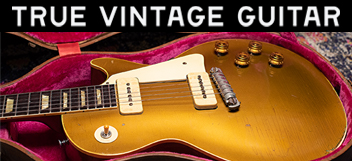QOTSA_Lover
New member
- Joined
- Jul 20, 2018
- Messages
- 2
Hey,
I am new to this forum and have a question about the materials they used for all the hardware in the past. I did a lot of research and found out a few things but not everything...
ABR-1 Bridge: Cast from a Zinc/Alloy and nickel plated (without copper under the nickel???)
ABR-1 Saddles: Nickel Plated Brass
ABR-1 Intonation Screws: ??? No information so far? Does anybody know which material they used for the tiny screws?
ABR-1 Studs: Some are saying brass, others steel. But I think they used brass studs in the past, right?
ABR-1 Thumbwheels: Nickel plated brass
Stoptail: Aluminum (molded or casted?)
Stoptail Studs: Cold Rolled Steel (Nickel Plated or without Nickel Plating?)
Stoptail Inserts: Steel
So maybe somebody is able to complete the missing information?
Thanks a lot for your help...
Greetz from Germany
Thomas
I am new to this forum and have a question about the materials they used for all the hardware in the past. I did a lot of research and found out a few things but not everything...
ABR-1 Bridge: Cast from a Zinc/Alloy and nickel plated (without copper under the nickel???)
ABR-1 Saddles: Nickel Plated Brass
ABR-1 Intonation Screws: ??? No information so far? Does anybody know which material they used for the tiny screws?
ABR-1 Studs: Some are saying brass, others steel. But I think they used brass studs in the past, right?
ABR-1 Thumbwheels: Nickel plated brass
Stoptail: Aluminum (molded or casted?)
Stoptail Studs: Cold Rolled Steel (Nickel Plated or without Nickel Plating?)
Stoptail Inserts: Steel
So maybe somebody is able to complete the missing information?
Thanks a lot for your help...
Greetz from Germany
Thomas



